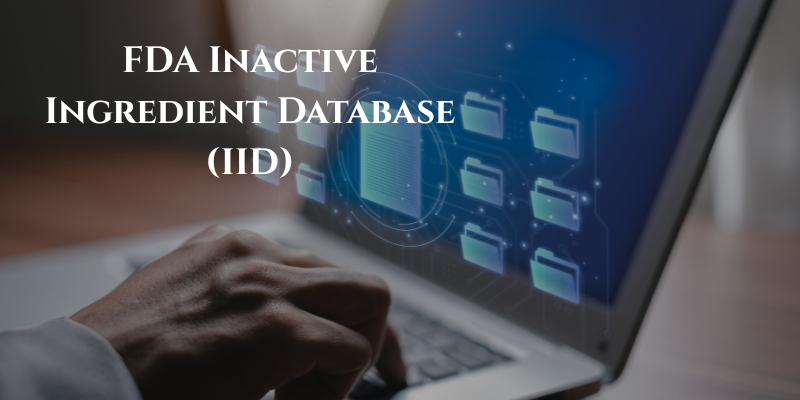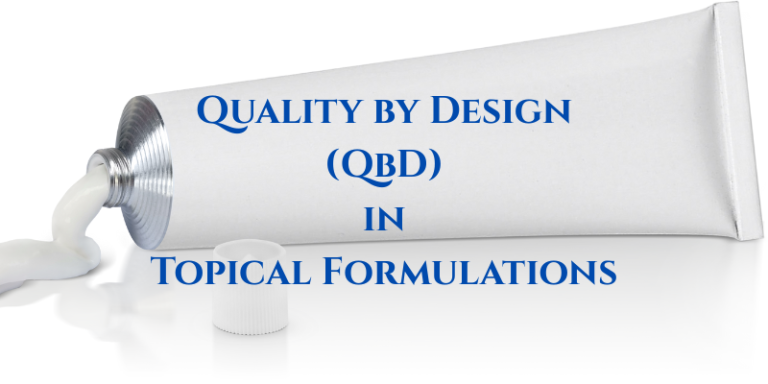FDA Inactive Ingredient Database (IID) | A Hidden Asset in Generic Drug Development
In generic drug development, every excipient decision matters—not just for performance, but for regulatory approval. One of the most underrated tools we have is the FDA Inactive Ingredient Database (IID).
The IID isn’t just a list. It’s a strategic database that gives you regulatory confidence while selecting excipients.
It contains excipients that are already approved in FDA-registered drug products, along with:
- Dosage form & route of administration (e.g., oral tablet, injection, topical)
- Maximum potency used per unit dose
- UNII (Unique Ingredient Identifier) and CAS number for accurate identification
Why It Matters?
When developing an ANDA, particularly for BCS Class III products or when justifying a Q1/Q2 match, referencing the IID can save time, avoid redundant toxicology studies, and reduce queries from FDA.
If your selected excipient is in the IID for the same route and dosage form, you’re on solid ground—it indicates the ingredient has a history of safe use.
If it’s not in the IID, or if your usage exceeds listed limits, then additional justification and safety data may be required—delaying timelines.
Practical Uses in Development:
- Shortlisting excipients during pre-formulation
- Justifying excipient grade and level for BE studies or biowaiver
- Addressing PQT/MED, WHO, or USFDA queries on excipient safety
- Supporting CMC section of the ANDA
Key Tip:
When you work with regulatory affairs or formulation development teams, make sure the excipient source, level, and route are IID-backed. It helps your product sail through technical reviews with fewer surprises.
FDA Inactive Ingredient Database Link: https://www.accessdata.fda.gov/scripts/cder/iig/index.cfm
Read also:
Resource Person: Moinuddin syed. Ph.D, PMP®







